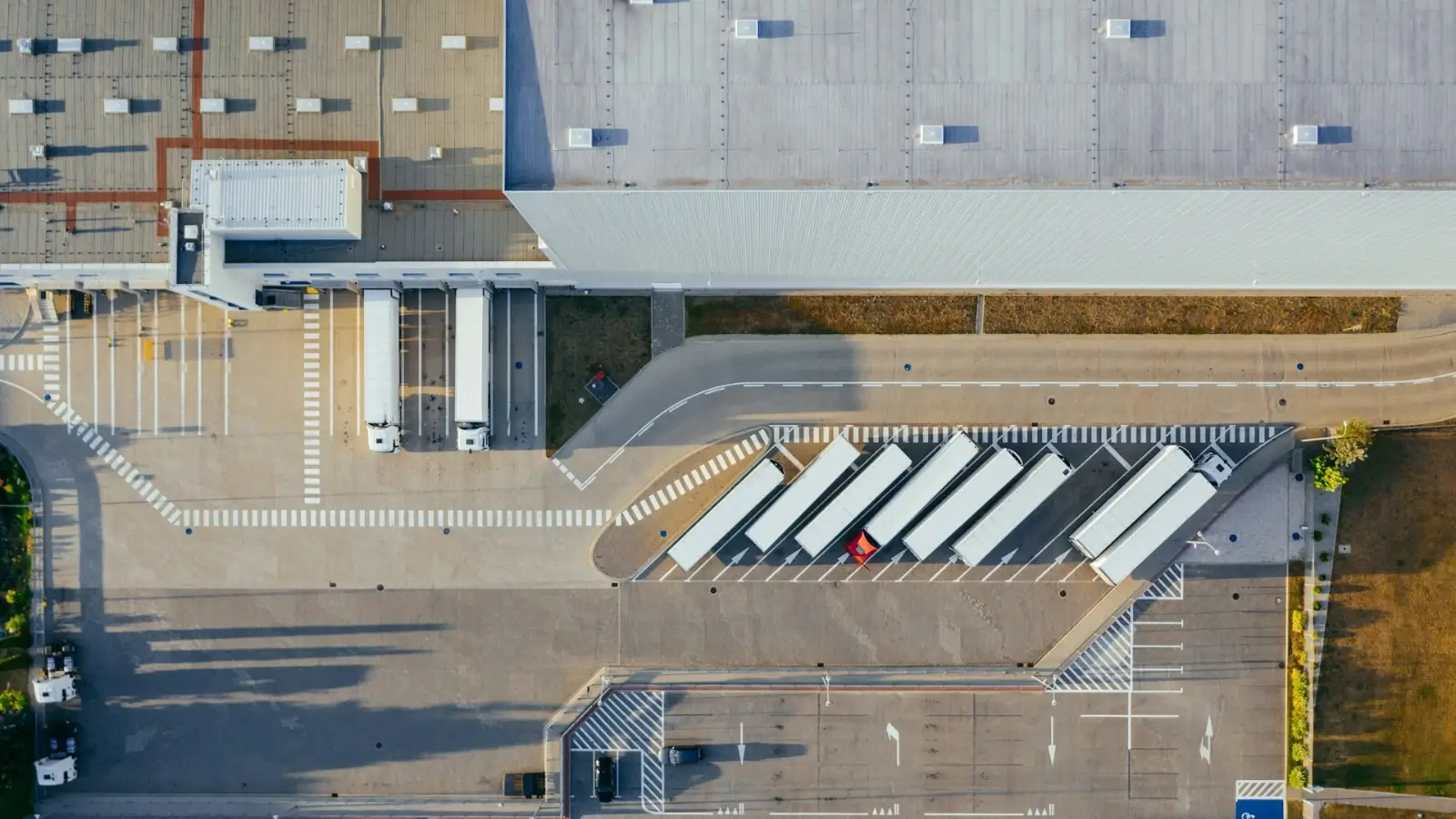Ensuring seamless operations in a supply chain is no small feat. From farm-fresh produce to temperature-sensitive goods, maintaining quality and minimizing waste during transit require innovative solutions. One such advancement is the use of ventilated storage crates. These crates have revolutionized logistics by enhancing airflow, reducing spoilage, and preserving product integrity throughout transportation.
Optimal Air Circulation for Freshness
Ventilated storage crates are specifically designed to maximize airflow. By incorporating strategically placed openings, these crates enable air to flow freely around the contents. This improved circulation helps maintain consistent temperatures, which is particularly beneficial for perishable goods like fruits, vegetables, and dairy products. Proper ventilation reduces the risk of overheating, ensuring goods remain fresh from origin to destination.
Minimizing Moisture Build-Up
Excess moisture can wreak havoc on sensitive items during transit. Ventilation prevents the accumulation of humidity within the crates, reducing the likelihood of mold or mildew growth. This feature is critical for ensuring hygiene standards are met, particularly when transporting consumables.
Reduced Spoilage Rates
Transportation can often result in significant losses due to spoilage. The enhanced airflow provided by ventilated crates mitigates these risks. By maintaining optimal storage conditions, products remain in better shape upon arrival, reducing waste and improving overall efficiency.
Maintaining Shelf Life
Perishables are especially vulnerable during transit. Ventilated crates help extend the shelf life of goods by reducing temperature fluctuations and preventing condensation. This stability ensures products arrive at their destination in pristine condition, ready for retail or further processing.
Enhanced Product Quality
Beyond preventing spoilage, these innovative storage solutions contribute to improved product quality. Items transported in ventilated crates are less likely to be damaged by external factors, such as excessive heat or moisture.
Protecting Delicate Goods
Fragile items benefit significantly from this design. The consistent airflow not only safeguards freshness but also reduces pressure points that could lead to bruising or other forms of damage. This is particularly crucial for goods like berries or leafy greens, which are easily compromised.
Lightweight and Durable Design
Modern ventilated crates are crafted from robust yet lightweight materials. This combination ensures durability without adding unnecessary weight to shipments. Lighter packaging reduces fuel consumption during transport, contributing to both cost savings and environmental sustainability.
Stackability for Space Efficiency
An often-overlooked advantage is the stackable nature of these crates. Designed to interlock securely, they optimize space utilization within trucks or storage facilities. This feature enhances operational efficiency, allowing businesses to move more goods in fewer trips.
Promoting Sustainability
In an era of growing environmental consciousness, the use of ventilated crates aligns with green logistics practices. These crates are typically made from recyclable materials, minimizing their environmental footprint.
Reusability and Longevity
Unlike single-use packaging, ventilated crates are built for repeated use. Their durable construction allows them to withstand multiple cycles of transit and handling, reducing waste and lowering long-term costs for businesses.
Adaptability Across Industries
While initially popular in the food sector, ventilated storage crates have found applications in various industries. From pharmaceuticals requiring controlled environments to textiles needing protection from humidity, these crates offer versatile solutions.
Meeting Industry-Specific Needs
Customizable designs allow businesses to tailor these crates to their specific requirements. Whether it’s incorporating additional ventilation for temperature-sensitive goods or adding dividers for fragile items, these crates adapt to diverse supply chain demands.
Conclusion
Ventilated storage crates are an essential tool for modern supply chains. By optimizing airflow, they reduce spoilage, enhance product quality, and support sustainable practices. Their adaptability and durability make them a smart choice for businesses striving for efficiency and reliability in their logistics operations. With these innovative solutions, companies can ensure their goods arrive fresh, intact, and ready for market.
















